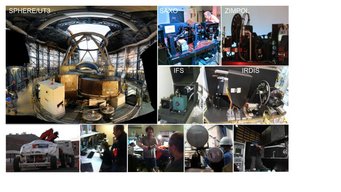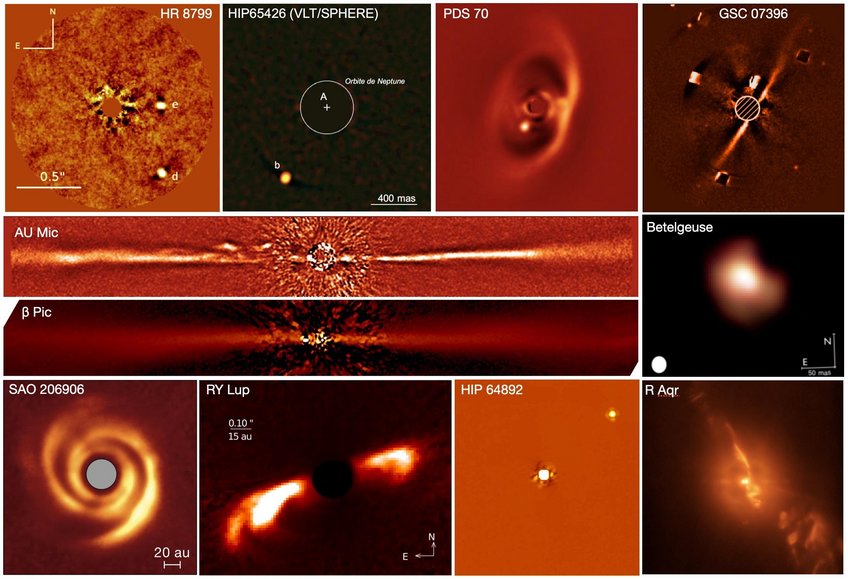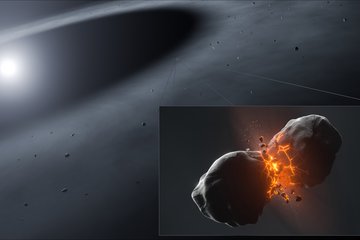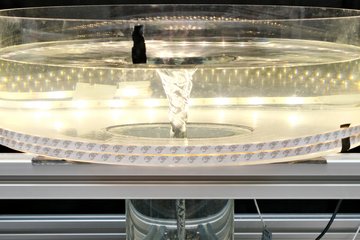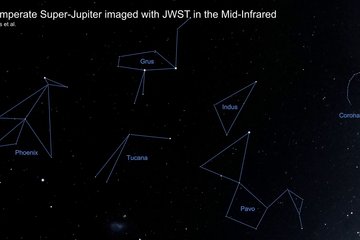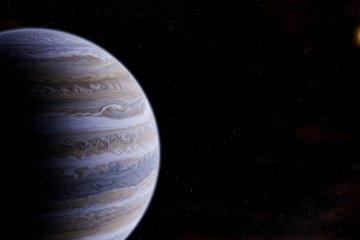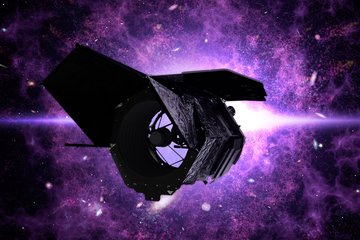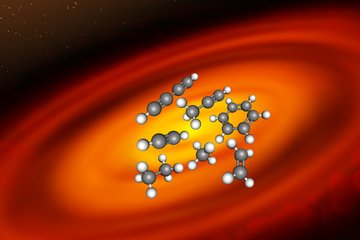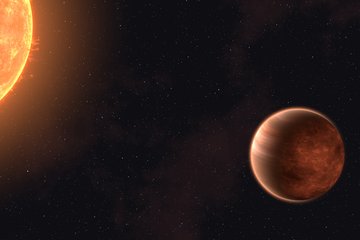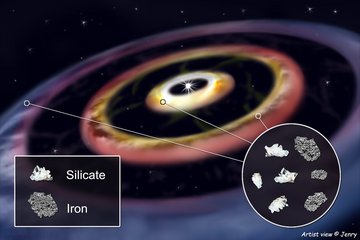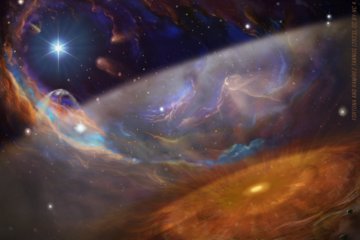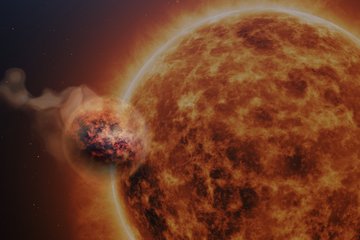Celebrating two decades of SPHERE challenges and achievements
Reaching new heights with 100 consortium publications including the early exoplanet demographics release.
The SPHERE (Spectro-Polarimetric High-contrast Exo-planet REsearch) planet imager(1), currently installed and operating at the ESO Very Large Telescope in Chile, aims at imaging and characterizing giant exoplanets and planet-forming disks around stars close to the Sun. This project represents an incredible scientific, technological and human endeavour and accomplishment that started about twenty year ago.
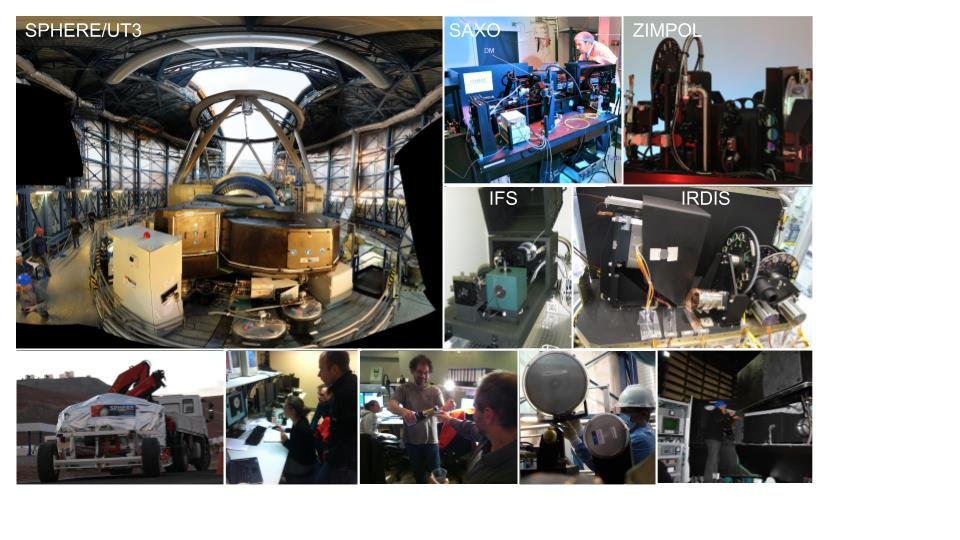
Relying on tight specifications and sophisticated developments brought to maturity, including extreme adaptive optics, coronagraphy, polarimetry, differential imaging and integral field spectroscopy, SPHERE has been designed and built by a consortium of twelve major European institutes over more than a decade to achieve unprecedented performances on sky and meet its scientific objectives. The Figure 1 shows key phases of this design and construction phase.
Following its first light in May 2014, SPHERE has been offered to the European science community, and rapidly obtained breakthrough results in the domain of planetary formation, exoplanet demographics and physical properties, and on the characterization of minor bodies of the solar system, the environment of evolved stars, and even the central engine of active galactic nuclei.
The SPHERE consortium played a major role in this success, and is celebrating today its 100th scientific publication, together with the release of a series of three articles in the Astronomy & Astrophysics Journal presenting the first phase of the exoplanet demographics survey beyond 10 Astronomical Units (AU) from the central star (that is Saturn’s orbit in our solar system). This achievement represents an important milestone for the SPHERE consortium to reward all individual members and institutes who successfully contributed to each critical step of the project, from the design phase, and the construction, up to the scientific exploitation over the last five years.
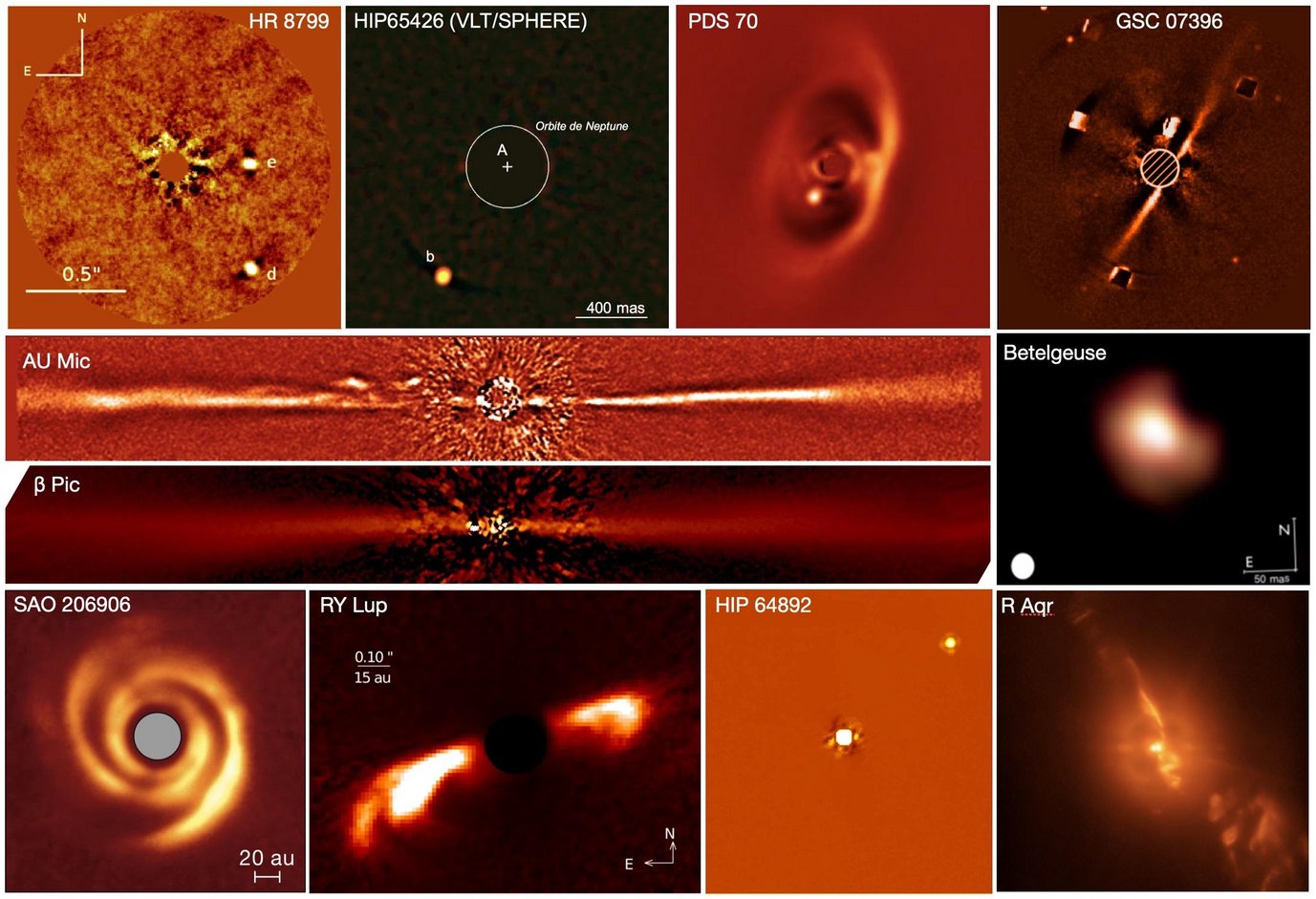
Gallery of astrophysical results from exoplanets, disks, young and evolved stars published by the SPHERE consortium since the SPHERE first light in May 2014.
The consortium allowed training a new generation of young engineers and scientists that allows Europe to be at the edge of this exciting field. It also stands for maintaining SPHERE and its rich and versatile community at the front of high-contrast imaging developments to keep its leadership, and prepare the bright future of ground-based observations on the class of 10 to 40m large telescopes.
The Max Planck Institute for Astronomy (MPIA) is the Co-PI institute of SPHERE and has been responsible for creating the data processing pipeline, the atmospheric dispersion correctors, and the detector motion stage for IRDIS. The main involved persons were Alexei Pavlov, Ole Möller-Nilsson, Rainer Lenzen, Ralf-Rainer Rohloff, and Vianak Naranjo. On the science side, MPIA is involved primarily in the SHINE and DISK GTO programs, the main persons being Markus Feldt (Co-PI), Thomas Henning (Co-I), Wolfgang Brandner, Anne-Lise Maire, Miriam Keppler, and Faustine Cantalloube.
The publication #100 is the 2nd in a series of 3 papers describing the SHINE (SpHere Infrared survey for Exoplanets) program which started in 2015, and represents more than 200 nights of large-scale survey at the VLT. SHINE is about to complete this endeavour with a systematic exploration of about 500 young, nearby stars that represent ideal laboratories for the study of planetary formation and evolution:
-
Desidera, Chauvin, Bonavita, Messina, LeCoroller et al., A&A, (2021), arXiv:2103.04366: The SPHERE infrared survey for exoplanets (SHINE): I- Sample definition and target characterization (https://arxiv.org/abs/2103.04366)
-
Langlois, Gratton, Lagrange, Delorme, Boccaletti et al., A&A (2021), arXiv:2103.03976: The SPHERE infrared survey for exoplanets (SHINE): II- Observations, Data reduction and analysis, Detection performances and early-results (https://arxiv.org/abs/2103.03976)
-
Vigan, Fontanive, Meyer, Biller, Bonavita et al., A&A (2020), arXiv:2007.06573: The SPHERE infrared survey for exoplanets (SHINE): III- The demographics of young giant exoplanets below 300 au with SPHERE (https://arxiv.org/abs/2007.06573)
The SPHERE consortium:
IPAG: Institut de Planétologie et d’Astrophysique de Grenoble, LAM: Laboratoire d’Astrophysique de Marseille, LESIA: Laboratoire d’études spatiales et d’instrumentation en astrophysique, Paris, MPIA: Max-Planck-Institut für Astronomie, Heidelberg, INAF: Instituto Nationale di Astrofisica, INAF-OAPD: Observatorio Astronomico di Padova, ONERA: The French Aerospace Lab, Paris, LAGRANGE: Laboratoire Lagrange, Nice, Anton Pannekoek Institute for Astronomy, ETH Zurich, ASTRON: Netherlands Institute for Radio Astronomy, Observatoire astronomique de l’université de Genève
SPHERE Website: https://sphere.osug.fr/
Original press release (in French and Englisch) with further contacts and details: https://www.osug.fr/
